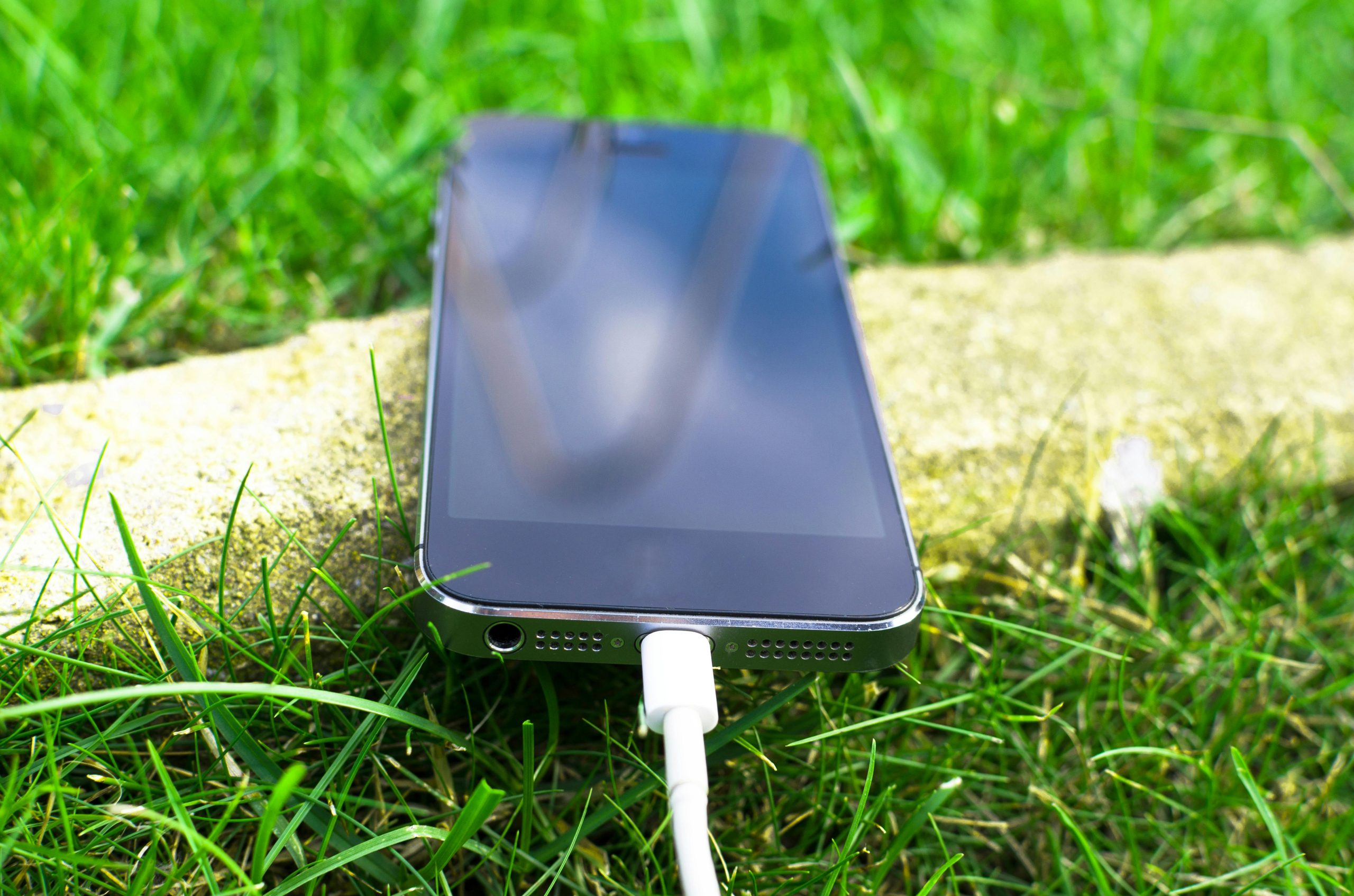Wireless Charging Roads That Power Electric Cars
The rise of electric cars has brought about the need for innovative ways to charge them. While traditional charging stations are still the most popular method, the concept of wireless charging roads is gaining traction. Imagine driving your electric car on a highway and having it charge without having to stop – just by driving over a specially designed road. This may sound like something from a science fiction movie, but it is, in fact, a reality. In this article, we will explore the world of wireless charging roads that power electric cars, their benefits, and their potential impact on the future of transportation.
The Concept of Wireless Charging Roads
Wireless charging roads, also known as inductive charging roads, use electromagnetic induction to transfer energy wirelessly from the road to an electric car. The road is equipped with charging coils that create a magnetic field, and a receiver coil is installed on the car’s undercarriage. When the car drives over the charging coils, the magnetic field induces a current in the receiver coil, which then charges the car’s battery. This technology is similar to wireless charging pads that are now commonly used to charge smartphones and other electronic devices.
The Benefits of Wireless Charging Roads
One of the main advantages of wireless charging roads is convenience. Drivers no longer have to plan their trips around charging stations and can simply rely on the roads to charge their cars as they drive. This eliminates the need for long charging stops, which can be time-consuming and inconvenient, especially on long road trips. It also reduces range anxiety, a common concern among electric car owners.
In addition to convenience, the use of wireless charging roads can also help reduce the environmental impact of electric cars. Roughly 65% of the electricity in the US is generated by burning fossil fuels, which contributes to air pollution and climate change. However, if the electricity used to power electric cars comes from renewable sources, such as solar or wind energy, it can significantly reduce carbon emissions and help create a more sustainable future.
The Potential Impact of Wireless Charging Roads on the Future of Transportation
As electric cars continue to gain popularity, the demand for charging infrastructure will also increase. This will require significant investment in building and maintaining charging stations. In contrast, wireless charging roads can potentially reduce the need for charging stations and decrease the cost of infrastructure. This makes it a more viable option for countries and cities that are looking to reduce their dependence on fossil fuels and transition to electric transportation.
Moreover, the development of wireless charging roads can also lead to advancements in other modes of transportation. For example, public transportation vehicles, such as buses and taxis, can be equipped with wireless charging receivers to allow for efficient charging during stops. This can have a significant impact on reducing emissions from high-traffic areas and improving air quality in cities.
The Current State of Wireless Charging Roads
The concept of wireless charging roads is still in its early stages, but there have been successful trials and pilots around the world. In 2019, Sweden opened a 2 km wireless electric road for public use, becoming the first country in the world to do so. The road uses an electrified rail embedded in the road surface to charge electric vehicles as they drive. In the same year, the UK also announced plans to test wireless charging roads for buses in Milton Keynes.
However, there are also challenges and limitations that need to be addressed before wireless charging roads can become a mainstream technology. One of the major obstacles is the high cost of installation, which can be significantly higher than traditional charging stations. The technology is also currently limited to slower charging speeds, which may not be sufficient for longer trips. However, with the rapid advancements in technology, these limitations are expected to be overcome in the near future.
In Conclusion
Wireless charging roads that power electric cars have the potential to revolutionize the transportation industry and pave the way for a more sustainable future. With their convenience, environmental benefits, and potential impact on other modes of transportation, they could become a game-changer in the world of electric cars. While there are still challenges to overcome, the success of trials and pilots suggests that we may soon see more wireless charging roads on our highways. The day when electric cars can be charged as easily as they can be driven on any road is closer than we think.











